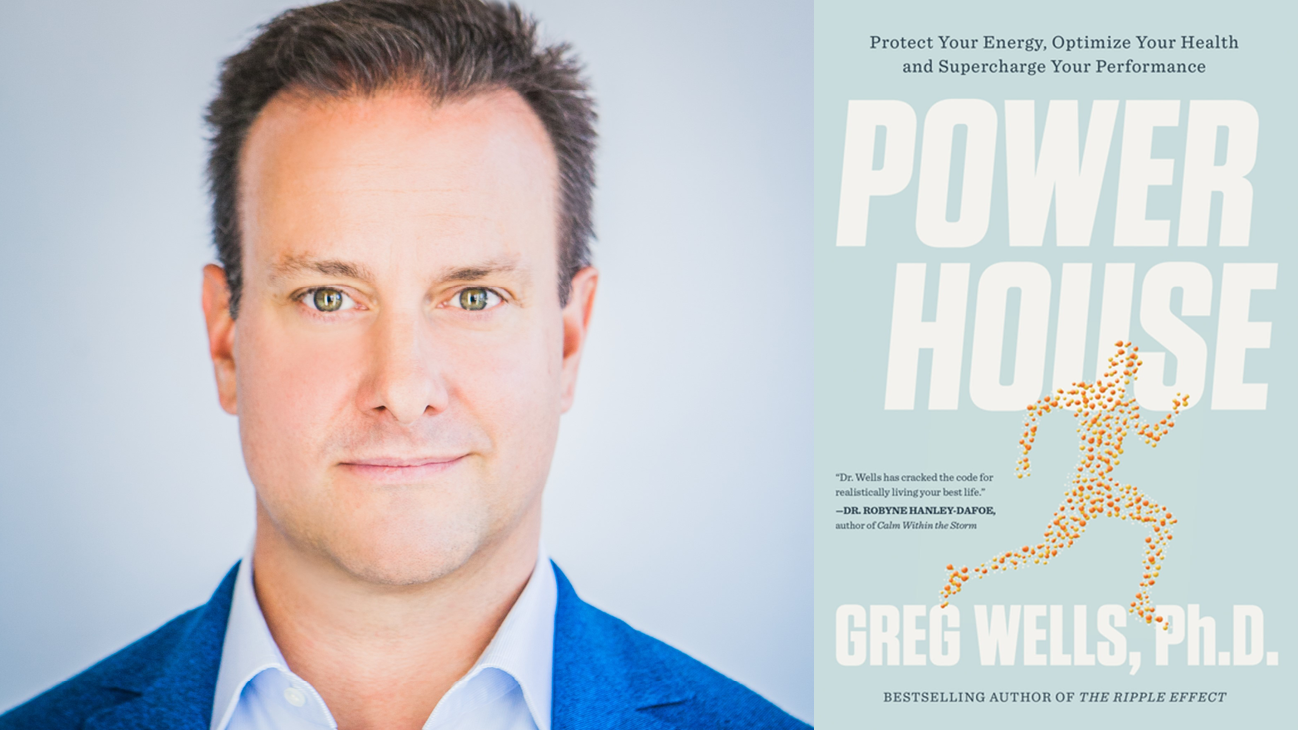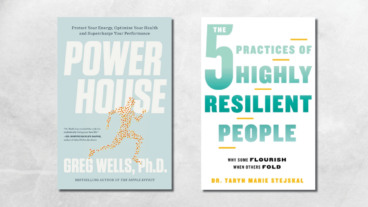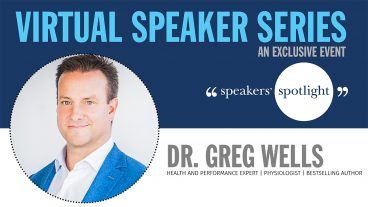In the wake of a global pandemic that has left us burnt out and fatigued, how can we prioritize our health and well-being while also maintaining high performance?
Four-time bestselling author Dr. Greg Wells has the answer in his new book, Powerhouse: Protect Your Energy, Optimize Your Health, and Supercharge Your Performance. It shows readers how to boost energy, fight inflammation, and optimize their health cell by cell by focusing on the mitochondria — the “energy factories” that power each and every one of our cells.
We spoke with Greg to learn more about his new book and why he chose to focus on the mitochondria as the key to achieving and sustaining healthy high performance. He also shared some of his go-to techniques to elevate his energy and shift from tension to flow when he’s feeling overwhelm and stress.
1. What is the powerhouse of the body and how does it impact our performance?
Almost all human cells (except for red blood cells), whether brain, muscle, bone, or skin, have mitochondria powering them. As your science teacher said, mitochondria are the cellular powerhouse of all life on the planet.
When our mitochondria perform optimally, they generate all the energy we need to support our health and ability to perform, with our brains requiring about three-quarters of that energy.
Simply put — healthy mitochondria = a healthy, thriving you.
2. What sparked your fascination with mitochondria to devote an entire book to optimizing its performance?
I’m a scientist, so I could talk about the science all day. I believe we’re in a moment of disruption in our historical timeline, a point of significant change when, more than ever, we need to control what direction we go in.
Right now, we’re stressed, we’re exhausted, and we’re overwhelmed. Our burnout rate is skyrocketing. There’s a lot wrong with having constantly elevated stress, which has been our reality. It wreaks havoc on our minds and bodies.
We all need more energy. With more energy we can overcome overwhelm and burnout and get back to flourishing and thriving.
I am deeply hopeful. Using the science of optimizing our mitochondria for more energy as our foundation, we can reimagine a future where we get healthy, improve our well-being, and flourish as we reach our true human potential.
3. What are some signs of healthy vs. unhealthy mitochondria function?
Simply being aware of your daily energy levels is a great place to start. How do you feel when you wake up in the morning? Do you have enough energy to do a great job at work? How do you feel during your workouts? Do you have enough left in the tank to be truly present and positive with your family and loved ones at the end of the day or the end of the week?
If the answers are yes, then you’re doing great! If you see room for improvement, then optimizing your mitochondria might be a powerful tactic for you.
4. If someone feels stretched thin with limited time to spare, what’s the best approach to maximizing their long-term health?
Take short breaks. Often, we think that we must go to the gym for an hour or do 20 minutes of meditation to get the benefits. Any rest and recharging that you can fit into your day has a positive effect.
Take a few deep breaths, stand up and stretch for a few seconds, listen to one great song in the car, or meditate for as little as three minutes and you can shift your physiology into rest, recover, and regenerate mode.
5. Is it worth investing in tech health trackers?
I’m a huge fan of technology and I think that wearable technology can be a great tool for high performers who want to optimize their health and performance. My team is building the ultimate performance app for Apple Watch right now called VIIVIO (www.viiv.io) so I admit that am biased!
What wearable tech can do for you is help track the changes in your physiological information over time. You can see how you are sleeping or how much exercise you are getting. You can also see if the changes that you are making improve your physiology — like if you read a book instead of watching TV, you can track how your sleep improves. So, they can be helpful.
However, ultimately, it all comes down to how you feel during the day. Do you feel energized? Are you happy? Can you think clearly? You don’t need wearable tech to answer those questions — all of which are important ones to focus on.
6. When you find yourself in a state of stress, what tactics or strategies do you use to switch from tension to flow?
In my new book Powerhouse, I’ve outlined the areas that have been important for me over the last few years. I am practicing breathwork most mornings before starting my workday and it is making a huge difference for me.
I also love exercise and I’ve learned that swimming and cycling help to get me out of beta brainwave mode (hustle mode) and into theta brainwave mode (creativity and innovation). Also alternating between heat exposure in the sauna and cold-water immersion in Lake Ontario all winter long has been helpful for learning how to control my mindset under challenging situations.
Greg draws from his fifth book in his new keynote “Powerhouse: Healthy High Performance in a World of Uncertainty and Burnout”. He outlines his innovative framework of “breathe, move, energize, and thrive” to provides audiences with a scientific but accessible path to healthy high performance.
Contact us to learn more about Greg and how he can help your audience optimize their health for sustainable high performance.




